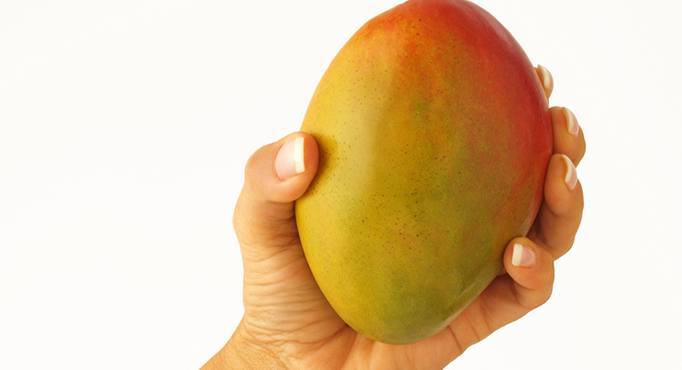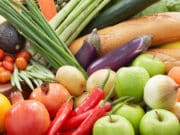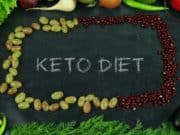Juicing is the vital key to giving you a radiant, energetic life and truly optimal health. There are valuable and sensitive micronutrients that are damaged when you heat foods. Cooking and processing food destroys these micronutrients by altering their shape and chemical composition. However, it is important not to see juice as a meal replacement – it is not. You still need to eat whole vegetables and some fruit for fiber, but this should not deter you from juicing.
*Most of us have compromised intestines as a result of less than optimal food choices over many years. This limits your body`s ability to absorb all the nutrients from the vegetables. Juicing will help to “pre-digest” them for you so you will receive most of the nutrition.
*You need to eat one pound of raw vegetables per 50 pounds of body weight per day. Vegetable juicing allows you to accomplish this, as you can eat more vegetables than you would normally. Reaching this goal through eating whole vegetables and salad alone is hard!
About a pint per day is ideally recommended. Always have the juice 20 minutes before a meal or 2 hours after a meal to allow digestion. A pint all at once makes less work cleaning up the juicer of course, but if a pint all at once is too much, it is fine to spread it out to more than one glass per day- it just takes slightly more effort!
Juicing is a time-consuming process, so you`ll probably be thinking to yourself, “I wonder if I can juice first thing and then drink it later?” This isn`t a great idea. Vegetable juice is very perishable so it`s best to drink all of your juice immediately. However, if you`re careful you can store it for up to 24 hours with only moderate nutritional decline. To store your juice:
1. Put your juice in a glass jar with an airtight lid and fill it to the very top. There should be a minimum amount of air in the jar as the oxygen in air (air is about 20 percent oxygen) will “oxidize” and damage the juice.
2. Wrap the jar with aluminum foil to block out all light. Light damages the juice.
3. Store it in the refrigerator until about 30 minutes prior to drinking, as vegetable juice should be consumed at room temperature.
Step 1: Now that you`re ready for the benefits of vegetable juice, you need to know what to juice.
Start out with these vegetables, as they are the easiest to digest:
– 5 sticks of celery (good source of sodium, antioxidants)
– Fennel (can help stomach cramps and indigestion, is anti-bacterial and anti-fungal, can improve liver regeneration and is useful for upper respiratory catarrh, bronchitis and coughs
– A cucumber (good source of potassium, antioxidants)
– 1-2 carrots (anti-oxidants)
– 1 apple (anti-oxidants, anti-cancer cardio-protective)
– Raw ginger to taste (anti-fungal, anti-bacterial, immune stimulant, anti-inflammatory)
These aren`t as beneficial as the more nutritionally intense dark green vegetables. The carrot and apple are optional – if you can, leave them out, but if you need to sweeten the juice, use these – but always ensure the juice is MOSTLY vegetable-based. Once you get used to these vegetables, you can start adding the more nutritionally valuable, but less palatable, vegetables into your juice.
Vegetables to avoid in excess include carrots and beetroot. If you are healthy, you can add about one carrot or beetroot per pint of juice. The deep, intense colors of these foods provide additional benefits for many that are just not available in the green vegetables listed above.
Please remember that vegetable juice and fruit juices are two completely different substances in terms of nutrition. Excessive fruit in juices should be avoided. Although vegetable juice is processed, it doesn`t raise insulin levels like fruit juice. The only exceptions are carrot and beetroot juice (and most vegetables that grow underground), which function similarly to fruit juice in excess.
Step 2: When you have acclimatized yourself to juicing, you can start adding these vegetables:
– Red leaf lettuce
– Green leaf lettuce
– Romaine lettuce
– Endive
– Raw beetroot
– Spinach
Step 3: After you are used to these, then go to the next step:
– Cabbage
– Chinese Cabbage
– Bok Choy
Step 4: When you are ready, move on to adding herbs to your juicing. Herbs also make wonderful combinations, and there are two that work exceptionally well:
– Parsley
– Coriander
You need to be cautious with coriander, as many cannot tolerate it well. If you are new to juicing, hold off. These are more challenging vegetables to consume, but they are highly beneficial.
Step 5: The last step: Only use one or two of these leaves, as they are very bitter:
– Kale
– Collard Greens
– Dandelion Greens
– Mustard Greens (bitter)

























